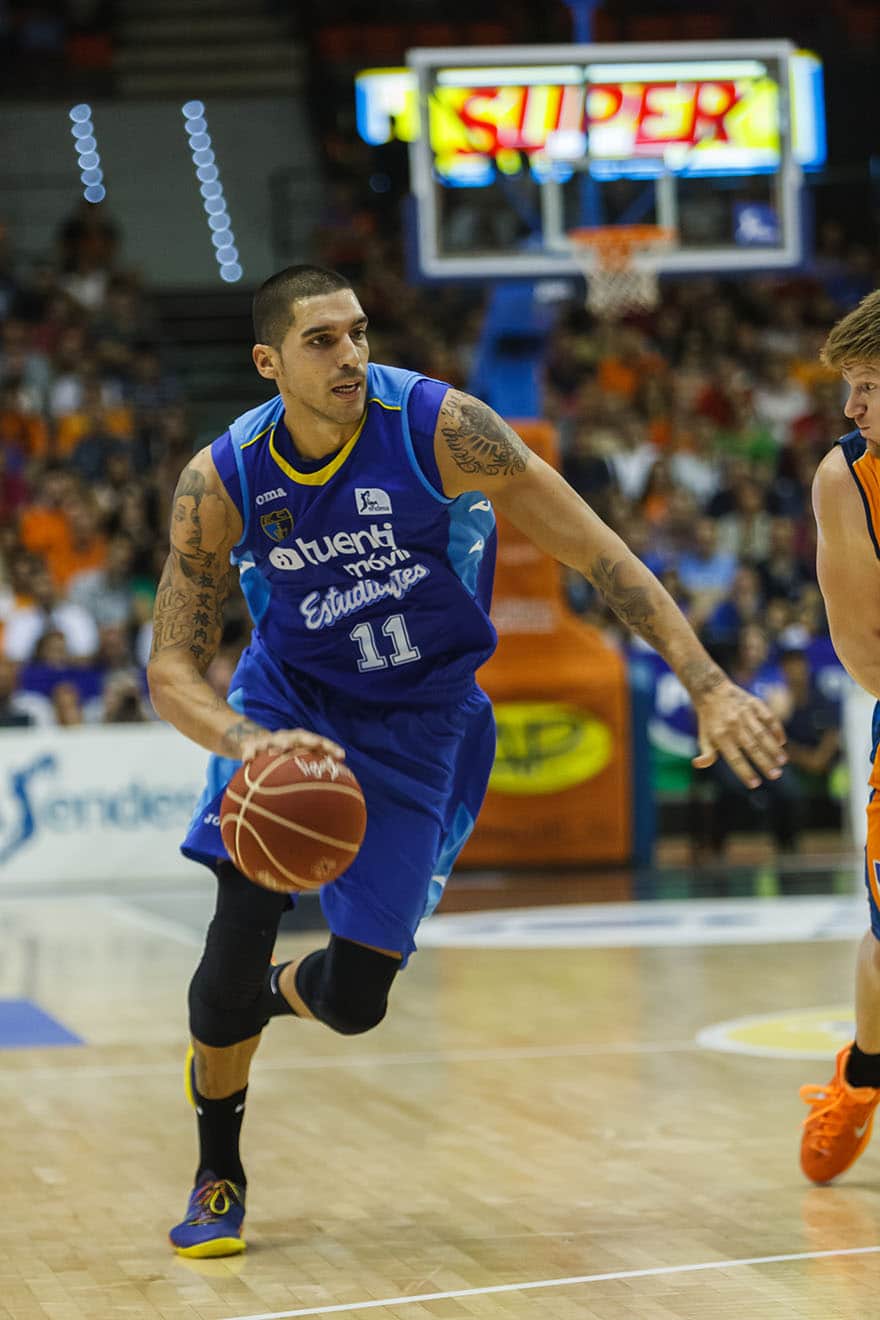
What Is Patellofemoral Syndrome? What Are Its Causes, Symptoms, And Treatments?
Leg injuries are no joke, and if they are severe enough, then they can turn into lifelong disabilities. Therefore, going to an orthopedic surgeon immediately after sensing pain in legs for athletes is vital. Here is everything you need to know about patellofemoral pain syndrome.
Patellofemoral Syndrome
This syndrome is also known as Runner’s knee or jumper’s knee. It is mainly defined as a sharp pain in the knee area, primarily the front of the knee and the surrounding of the knee cap. This is a very troublesome thing to deal with because you will not be able to walk properly if you have sharp pains in your knee. It also limits the movement of the knee, like bending and other maneuvers.
The pain is usually felt by the nerve endings surrounding the knee cap and the pain usually occurs in the tendon and cartilage area, which is a soft tissue found between the bones, muscles, and joints. The knee is the biggest joint in the body and it’s composed of three things:
- The lower thigh bone (femur)
- The Upper shinbone (tibia)
- The kneecap (patella)
These three bones are joined together by muscles and tendons and there is also a very soft and gelatinous tissue present in between the bones called cartilage. Since the knee is a joint, it is also prone to injuries, breaking, and fractures.
Basically, in patellofemoral pain syndrome, the cartilage and soft tissues around the knee is loosened and this is what causes a lot of pain. Basically, the joints are dislodged and when you try to put pressure on them, it makes the pain worse.
Symptoms Of Patellofemoral Syndrome
Here are some symptoms of patellofemoral pain syndrome:
- You will feel immense pain when you try to do any kind of activity, whether it’s your usual exercise routine or just walking.
- You will also feel pain after keeping your knees in a bent position for a long time, such as sitting in a chair, car, or even cross-legged for long periods of time.
- You will feel pain, primarily, in the front of the knee and right on the kneecap. The pain can also radiate to other parts of the knee.
- You will hear popping or cracking noises when you try to bend your knees. This is because the joint is not fully secured and there is air in the space of the joint fusion, which is causing these sounds to form.
Causes Of Patellofemoral Syndrome
Here are some main causes of patellofemoral pain syndrome:
- Overuse of the knee can lead to this syndrome. If you are someone who doesn’t exercise at all and suddenly you are working out 7 days a week, without trying to ease your body into it, then it’s going to lead to detrimental effects on the body, especially on the knee.
- Injury to the knee during running or jumping.
- Jumping and landing on your knee with too much force, you start to feel immense pain in the knee area.
- Weak muscles and tendons, either because of some previous injury or familial.
Treatment For Patellofemoral Syndrome
Here are some treatment options that you can consider for patellofemoral pain syndrome:
- As far as non-surgical treatments are concerned, you can go for physical therapy. It will help with alleviating the pain in your knee and doing this light and stress-free activity will make the pain go away.
- You can wear braces or special support socks on your ankles and feet. This is going to take a lot of pressure off your foot and there won’t be any unnecessary and unwanted pain in the knee.
- As for surgeries, you can get a knee arthroscopy done, in which you will go through a debridement process, or a lateral release is done so that the tissues aren’t too tight around the joint, which might be causing the pain to become worse.
- A tibial transfer can be done, in which the kneecap is aligned in place.
Conclusion
There you have it! Runner’s knee or patellofemoral pain syndrome is treatable, but you need to act on the symptoms fast by consulting a sports medicine doctor Woodbridge so that your leg or knee isn’t adversely affected even more and you recover quickly.
Categories: Health
